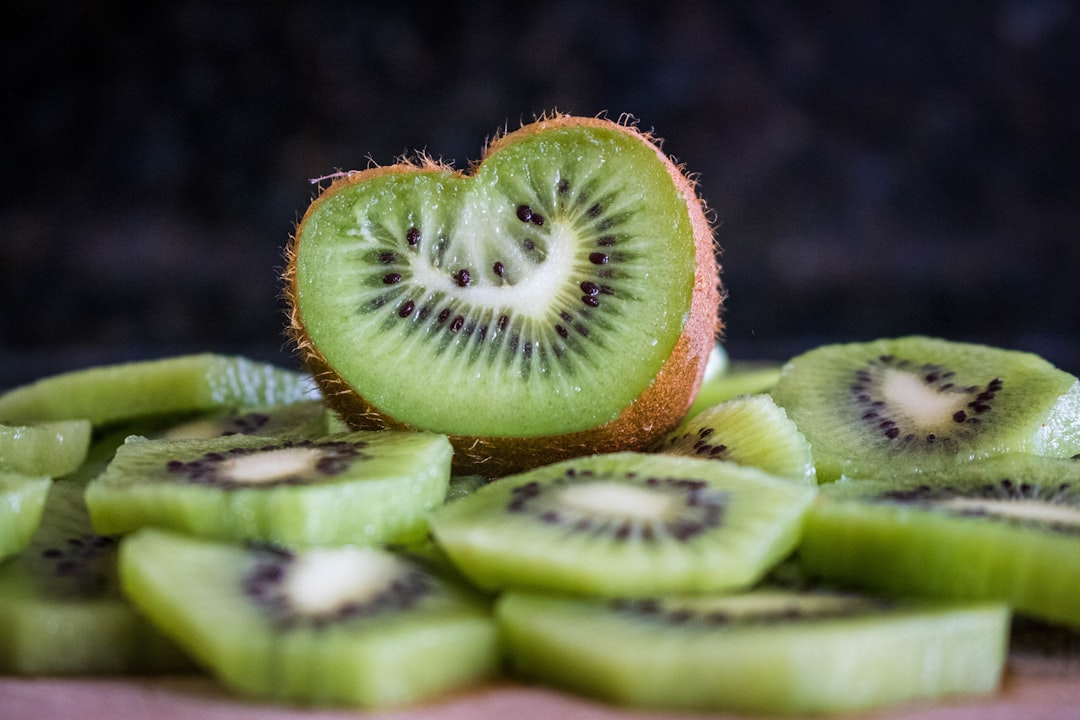The Uniqueness Of Indian Cuisine
If you’re someone who enjoys trying food across cultures and would like try your hand at cooking food from different cuisines, you could give Indian food a shot. It’s got some very unique flavours and spices that you’ll definitely enjoy. Use these tips on some of its basic flavours to get started.
Indian food is flavoured with a diverse blend of spices. Most of these spices are used to flavour curries, rice, soups and sometimes even desserts. Some of the basic spices used are coriander, fenugreek, mint, garam masala, turmeric, saffron, cardamom, cinnamon, coconut, ginger and garlic.

This is just a fraction of the spices used in flavouring. However, they give you an idea of the unique flavouring that Indian cuisine uses.
There’s a lot of processed dairy used in Indian food. Ghee, a very popular clarified butter, is used extensively in both North and South Indian cuisine. Natural yogurt, cottage cheese and other forms of cooked milk are also used quite often in Indian cuisine.
Yogurt is used in various forms. They may be spiced or flavoured and served as a drink called ‘lassi’ or the maybe spiced and made into different types of side dishes to compliment main courses. These are mostly called ‘raitas’.
Most Indian religions, cultures and communities in India restrict eating meat. For example, Muslims don’t eat pork, while some Hindus don’t eat beef. Jains and some other Hindu communities don’t eat meat at all. However, despite this meat is still quite popular in various Indian cultures and communities. They are prepared in various ways. Chicken is the most popular meat and fish largely dominates coastal Indian food.
Rice is very popular in Indian cuisine. In fact it is one of India’s staple foods. Many rice specialities form a part of Indian cuisine. Biriyani and palao being the most popular forms of rice specialities. Basmati rice is most often used as the rice for these specialities. This is a form of long grained, cultivated rice notable for its fragrance. This is also the staple rice of many of India’s cuisines. This rice is short grained and is considered perfect for ‘two day meals’. This rice is also used in biryanis.
Pulses such as lentils are the most popular ingredients in Indian cuisine. Pulses are used in both sweet and savoury dishes. Carrots, cumin and beans are the most common lentils. Pickles and pakoras are the traditional accompaniments to lentil dishes. These vary from being fried to being served in a thick paste. Broccoli and cauliflower are growing in popularity as accompaniments to lentils.
In the traditional cuisine, Pulses and exotic spices are used only in providing flavor to the dishes. The most popular and commonly used vegetables arearella, cumin and coriander. Dhal (Methi), a popular South Indian cuisine, borrows heavily from Persian and Arab roots and also tastes very similar to lamb. But it is different from couscous in that Dhal is a leavened bread, and not a flour product.
Why does Indian Cuisine have so many Vegetables?
This is a common question and has often been discussed over the years. It all depends on the different communities you find yourself in. Certain communities don’t cook much and depend on the mercy of others to do so. But other communities cook widely and depend on each other for support and storage.
denying others their food is a primary aspect of every relationship. In one dense ordinary city you may find families eating the same kinds of food that are served at Different parts of the city. But they all claim this is their authentic food!
This claim is stronger than you may think. When you examine the dishes at each meal you will find that there are many shared elements. All the dishes are presented to the guests in similar dishes. The ingredients are different but the presentation is the same. This is what adds to the experience of the whole meal.
Unlike a foreign food, where you are served a ‘dream’ dinner that never seems real, at Indian meals you are guaranteed a nourishing meal.



